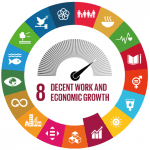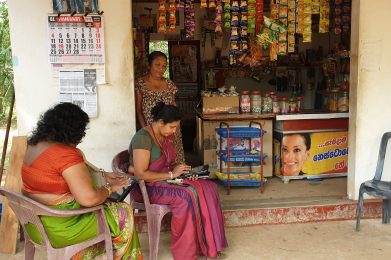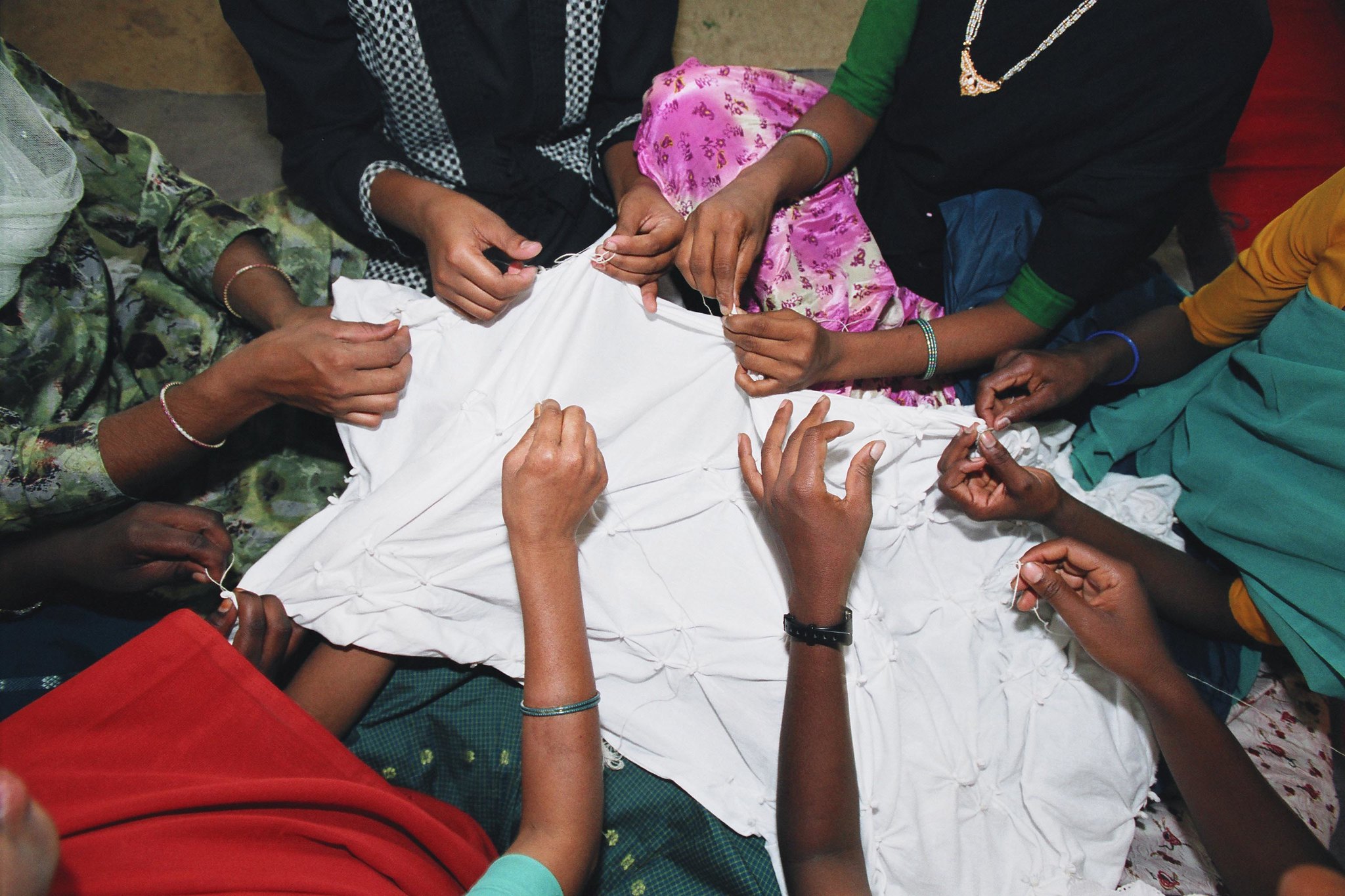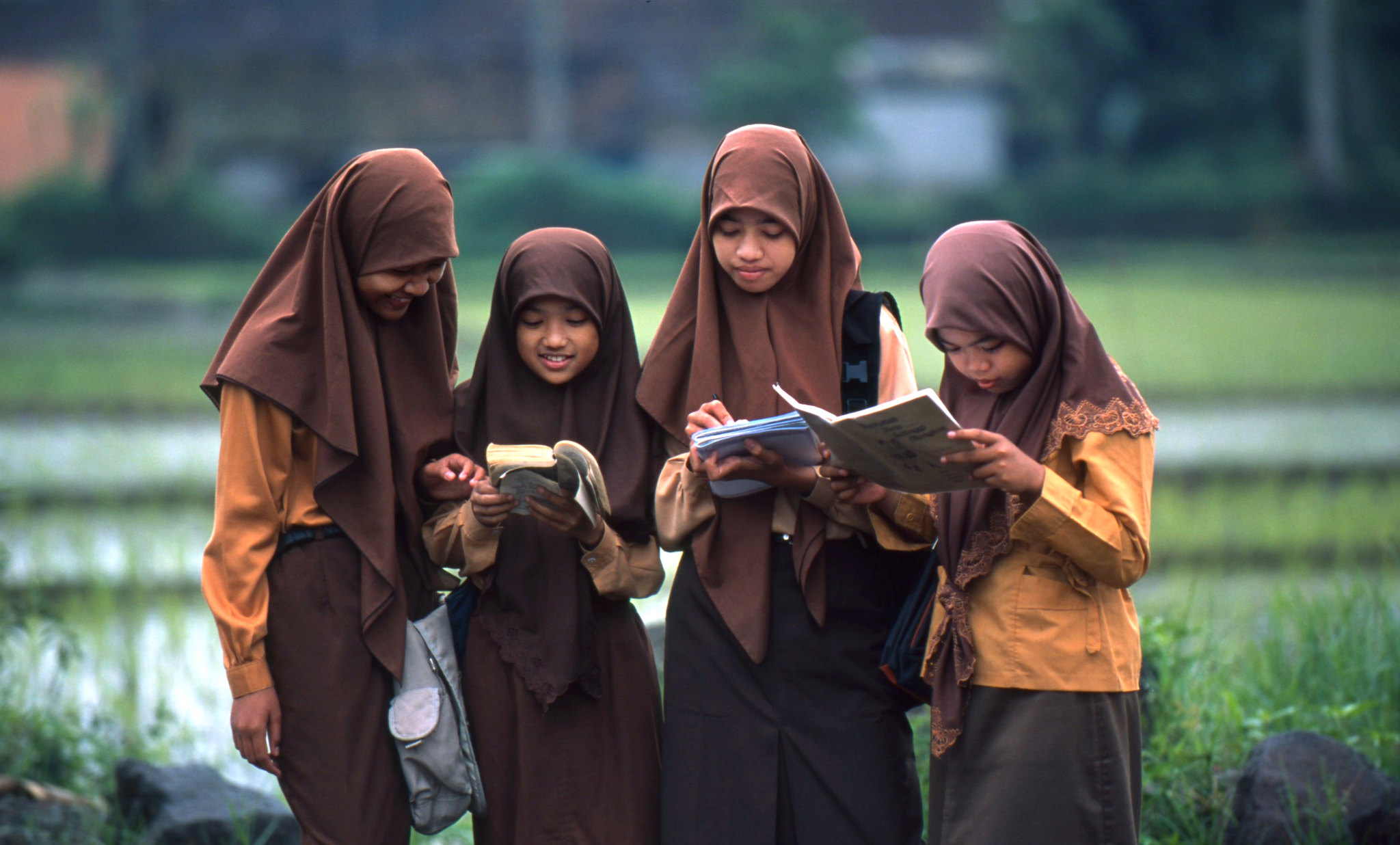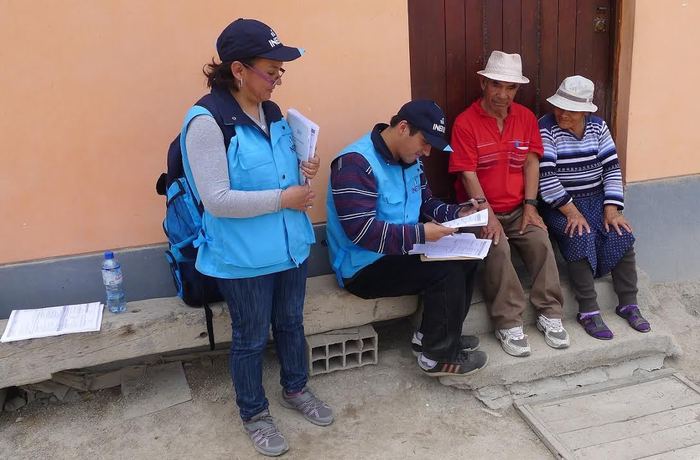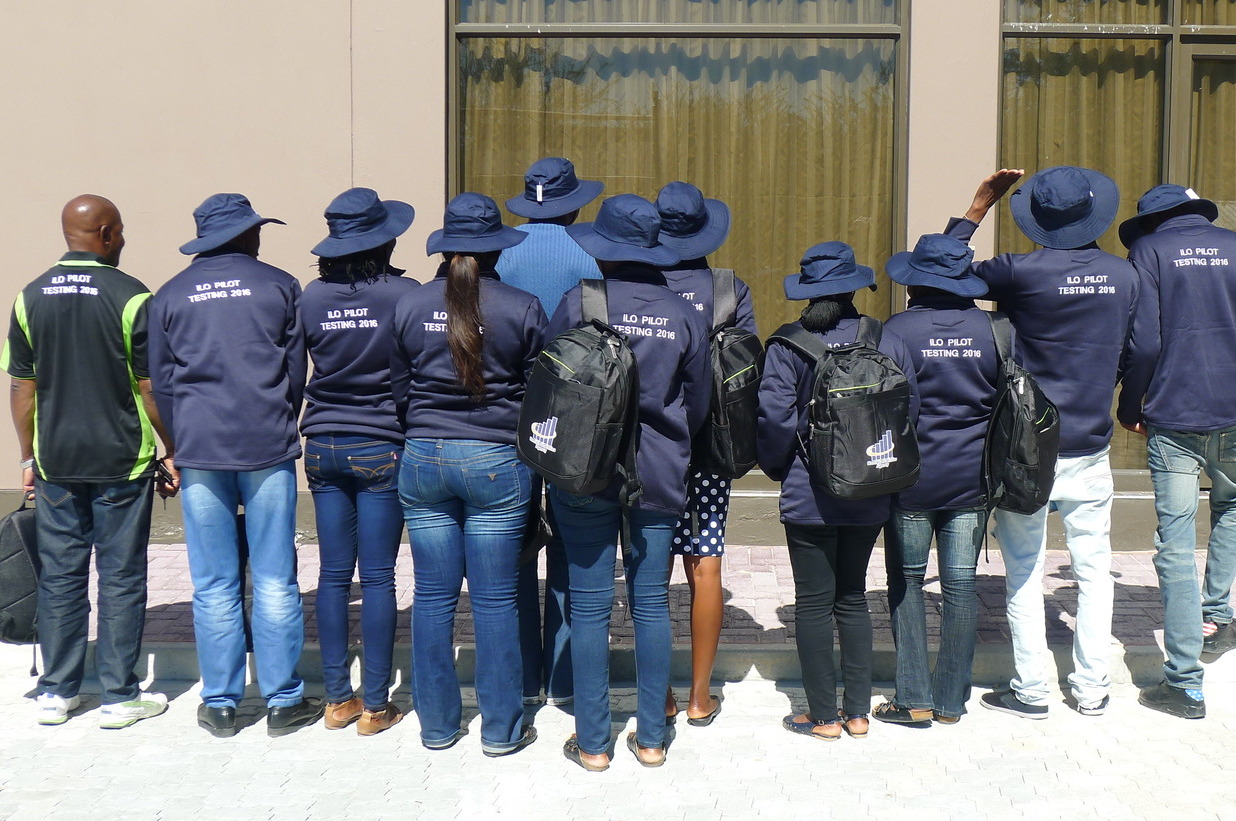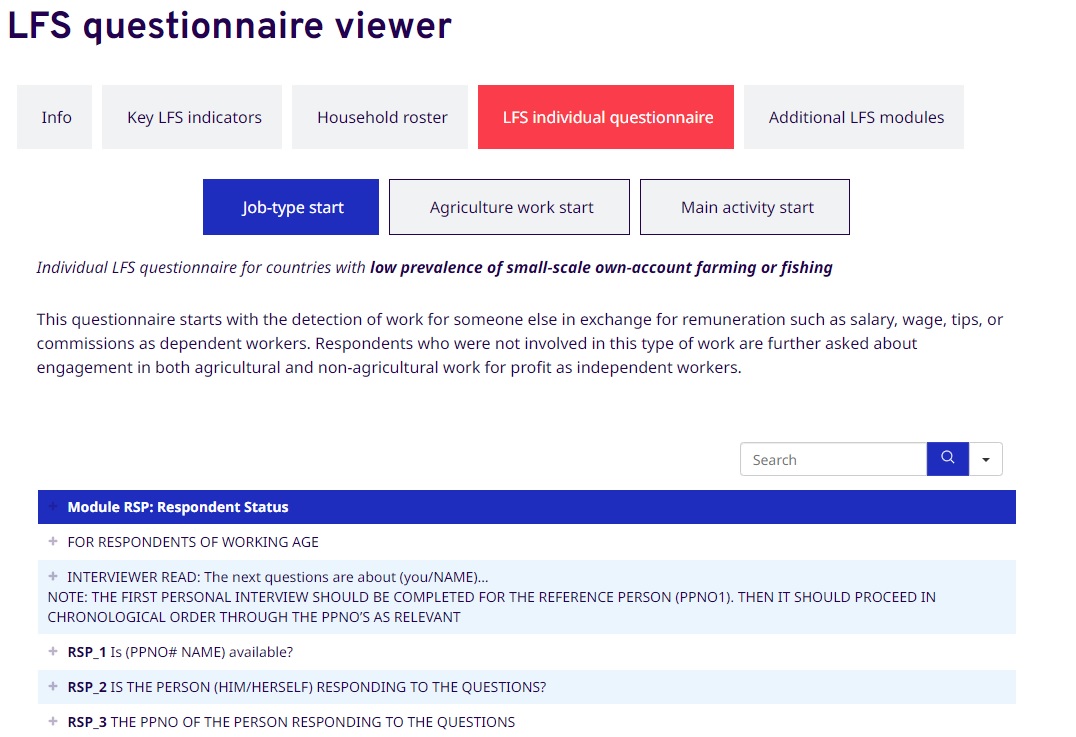The 20th ICLS in review
10 to 19 October 2018 | Geneva, Switzerland
The Conference adopted four resolutions concerning:
-
statistics on work relationships
-
child labour
-
SDG indicator on labour rights
-
SDG indicator on youth employment


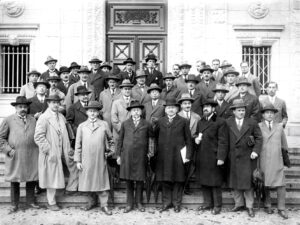
 Data on employment were soon added to the figures on prices and unemployment, and over the years the subjects covered gradually expanded to include wages, hours of work, industrial disputes and collective agreements. Time series on each of these topics were published in the Year Book of Labour Statistics, which was first issued in 1935.
Data on employment were soon added to the figures on prices and unemployment, and over the years the subjects covered gradually expanded to include wages, hours of work, industrial disputes and collective agreements. Time series on each of these topics were published in the Year Book of Labour Statistics, which was first issued in 1935. To provide users with information about the statistics it compiled and published, the Bureau launched a series of Technical Guides in 1964. These were issued every two years from 1968 to 1980, when a new, more detailed series of Sources and methods: Labour statistics was introduced. Preparing the methodological descriptions on the different subjects provided valuable insight into the methods used by countries, essential for the Bureau's developmental work for the international standards.
To provide users with information about the statistics it compiled and published, the Bureau launched a series of Technical Guides in 1964. These were issued every two years from 1968 to 1980, when a new, more detailed series of Sources and methods: Labour statistics was introduced. Preparing the methodological descriptions on the different subjects provided valuable insight into the methods used by countries, essential for the Bureau's developmental work for the international standards. 1999 marked the launch of the Web-based application of LABORSTA, the main statistical database of the ILO, which in reality was a set of ILO statistical databases covering all subjects for which the ILO was a custodian under the UN system.
1999 marked the launch of the Web-based application of LABORSTA, the main statistical database of the ILO, which in reality was a set of ILO statistical databases covering all subjects for which the ILO was a custodian under the UN system.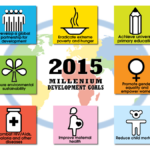 The eight Millennium Development Goals (MDGs) – which range from halving extreme poverty rates to providing universal primary education, all by the target date of 2015 – formed a blueprint agreed to by all the world’s countries and all the world’s leading development institutions. The MDGs came with 8 goals, 60 indicators and 21 targets to monitor progress.
The eight Millennium Development Goals (MDGs) – which range from halving extreme poverty rates to providing universal primary education, all by the target date of 2015 – formed a blueprint agreed to by all the world’s countries and all the world’s leading development institutions. The MDGs came with 8 goals, 60 indicators and 21 targets to monitor progress. 